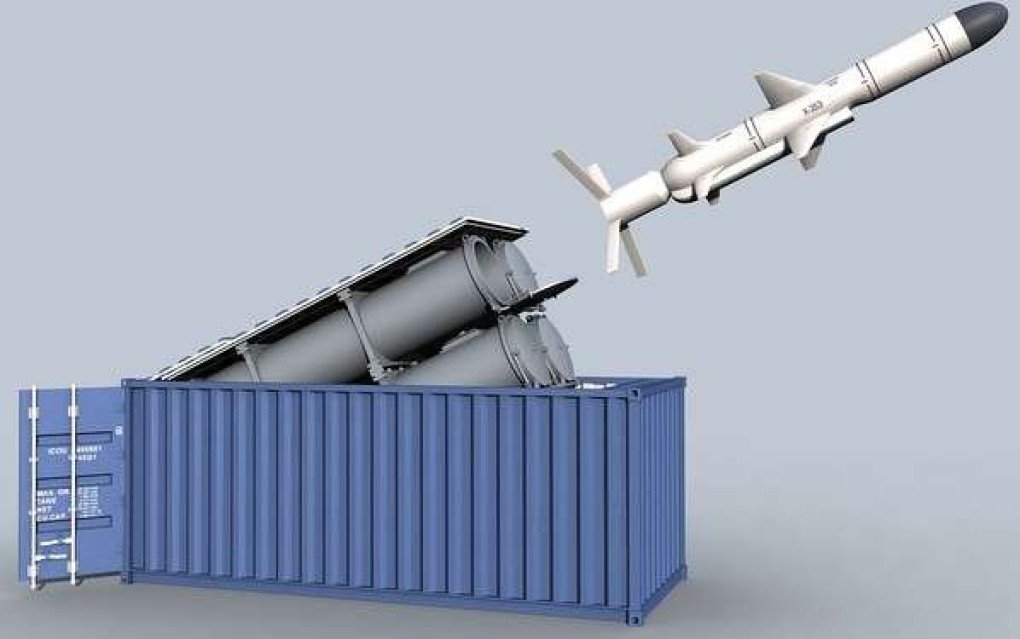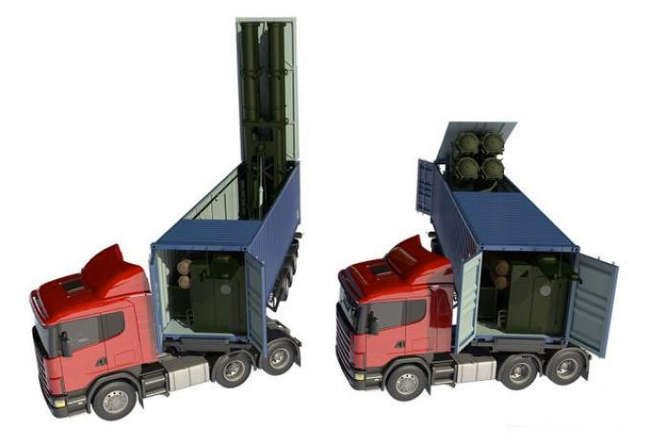- Category
- Latest news
China Revives Russia’s Hidden Container Missile System—Now It Can Strike Without Warning

China’s development of a containerized missile system resembling Russia’s Club-K has drawn renewed attention from military analysts, with growing concerns over its potential use in a future Pacific conflict.
The Chinese version, known in the West as CSDCS, was first presented at the 2022 Zhuhai Airshow and is seen as a more advanced system than the Russian original.
According to Defense Express on June 11, unlike the Club-K—capable of launching only Kh-35 and Kalibr missiles—China’s CSDCS supports a broader range of munitions. The system is also reportedly easier to operate, requiring only a 3- to 4-person crew.

Although the current operational status of the CSDCS remains unclear, the possibility of its deployment in a conflict with the United States has prompted concern, War on the Rocks reports.
One of the primary risks associated with the system lies in its ability to remain disguised as a civilian asset, making it difficult to detect or neutralize in advance.
Analysts draw parallels to Ukraine’s Operation Spiderweb, suggesting that China could use the CSDCS for a sudden, high-impact strike on US naval forces in the Pacific.

China’s efforts to develop container-based missile systems began in 2016, with the CSDCS introduced in 2022 as a continuation of those earlier designs. The system is seen as a strategic tool that could be deployed aboard commercial vessels, which China has increasingly integrated into military exercises.
In October 2024, the Chinese military conducted drills involving the use of container ships as launch platforms for WZ-10 attack helicopters.
These scenarios highlight China’s willingness to blur the line between civilian and military assets, a tactic that poses challenges for the US Navy, which is legally restricted from engaging civilian vessels unless there is verifiable evidence of hostile use.

The CSDCS is reportedly compatible with a wide range of missile types, including the YJ-12E and YJ-18E supersonic anti-ship missiles, the subsonic YJ-83 and YJ-62 cruise missiles, and the PL-16 anti-radiation missile. Each launcher can carry four missiles.
For comparison, Russia unveiled the Club-K system in 2012, though its deployment status remains uncertain. Some reports falsely suggested that Russian Project 22160 patrol ships could be outfitted with Club-K systems, a claim frequently echoed by Russian media but never confirmed.
Earlier, Chinese military researchers claimed a breakthrough in hypersonic glide vehicles (RGVs), stating they could enable global strikes from space-based platforms within 30 minutes. According to a study led by Professor Guo Yang of the PLA Rocket Force, the vehicles can maneuver at Mach 20 and may eventually be launched from satellites.



-72b63a4e0c8c475ad81fe3eed3f63729.jpeg)


